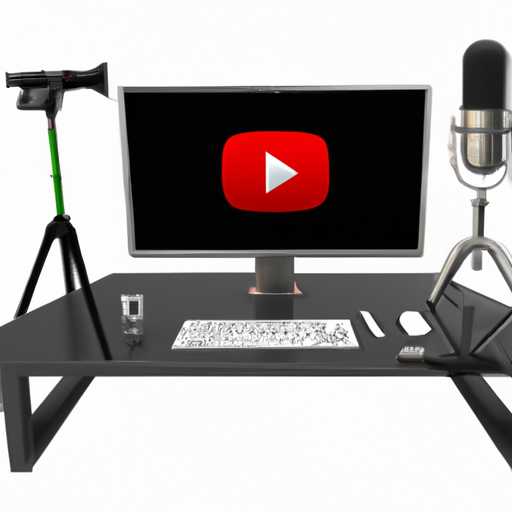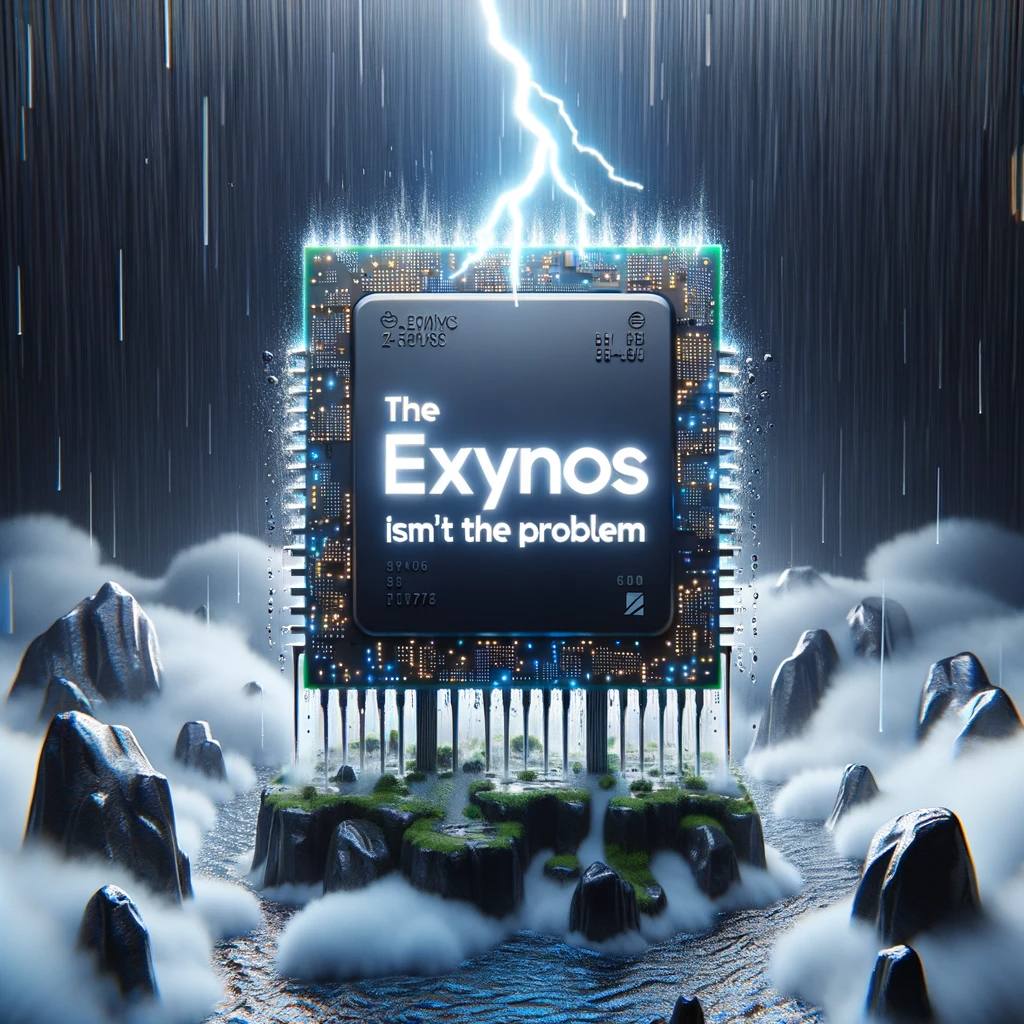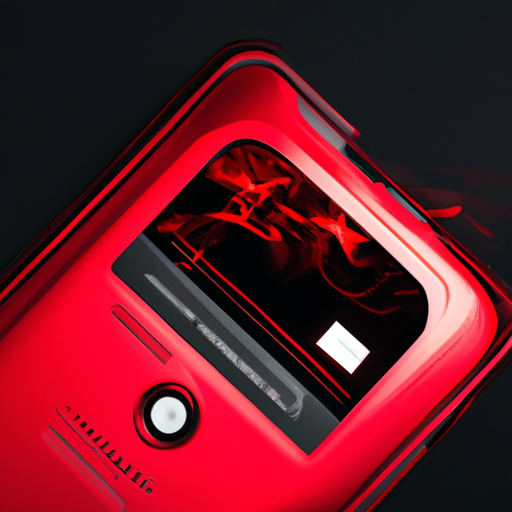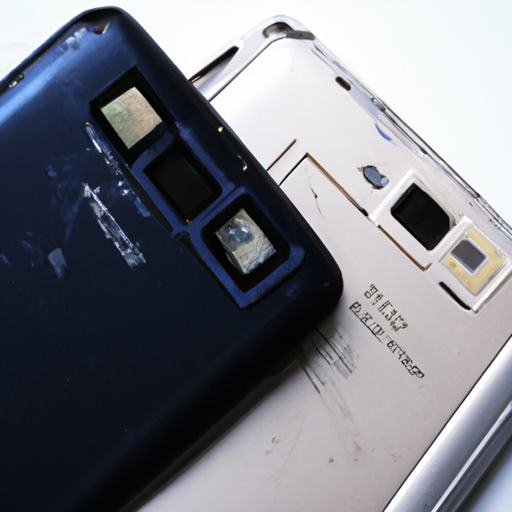In the Google Pixel 7 Pro vs. iPhone 14 Pro Max Battery Test, PhoneBuff puts these two flagship smartphones to the ultimate battery life challenge. With the Google Pixel 7 Pro boasting a 5,000 milliamp hour battery and the iPhone 14 Pro Max equipped with a smaller 4,300 milliamp hour battery, it’s a showdown of power consumption and efficiency. The video takes you through various tests, including phone calls, messaging, browsing, Instagram scrolling, standby time, YouTube streaming, gaming, and even Snapchat usage, to determine which phone has the better battery performance. So, if you’re curious to find out the results of this intense competition, sit back and get ready for an insightful battery test comparison between the Google Pixel 7 Pro and the iPhone 14 Pro Max.
Overview of Google Pixel 7 Pro and iPhone 14 Pro Max
The Google Pixel 7 Pro and iPhone 14 Pro Max are two top-of-the-line smartphones that offer advanced features and impressive performance. In this article, we will compare and contrast these two devices, focusing specifically on their battery life and power efficiency.
Initial impressions of each phone
The initial impressions of the Google Pixel 7 Pro and iPhone 14 Pro Max are crucial in determining the overall user experience. The Pixel 7 Pro boasts a sleek design with a vibrant display and a modern aesthetic. On the other hand, the iPhone 14 Pro Max showcases Apple’s characteristic minimalist design and premium build quality.
Key specifications
Key specifications play a significant role in determining the overall performance and capabilities of a smartphone. The Google Pixel 7 Pro is powered by the Tensor G2 chip, which is designed to consume less power and enhance efficiency. The iPhone 14 Pro Max, on the other hand, features the A16 Bionic chip, known for its impressive performance and power optimization.
Difference in aesthetics and design
The difference in aesthetics and design between the Google Pixel 7 Pro and iPhone 14 Pro Max is worth noting. The Pixel 7 Pro offers a modern and sleek design with slim bezels and a high-resolution display. Meanwhile, the iPhone 14 Pro Max features Apple’s iconic design with a notch and a premium build quality.
Chip and Power Consumption Differences
The Tensor G2 chip in the Google Pixel 7 Pro is specifically designed to minimize power consumption while delivering exceptional performance. This chip ensures efficient power management, allowing users to enjoy extended battery life. On the other hand, the A16 Bionic chip in the iPhone 14 Pro Max offers impressive performance and power optimization, ensuring a balance between power consumption and efficient usage.
Battery Size Comparison
Battery size is an essential factor when considering the battery life of a smartphone. The Google Pixel 7 Pro houses a substantial 5000 milliamp hour battery, offering extended usage time. In contrast, the iPhone 14 Pro Max features a relatively smaller 4300 milliamp hour battery, supplemented by a 23 milliamp hour battery. The difference in battery size can significantly impact the overall battery life of the devices.
Influence of battery size on overall battery life
The size of the battery plays a crucial role in determining the overall battery life of a smartphone. With its larger battery capacity, the Google Pixel 7 Pro can potentially offer a longer battery life compared to the iPhone 14 Pro Max. However, it’s important to note that battery life is influenced by various factors, including usage habits, software optimization, and power consumption.
Phone Test Outcomes
To assess the battery performance of the Google Pixel 7 Pro and iPhone 14 Pro Max, several tests were conducted. These tests aimed to measure battery drain and performance during various activities. The test setup ensured equal conditions for both devices, allowing for a fair comparison.
Outcome after 60 minutes
After 60 minutes, both the iPhone 14 Pro Max and the Google Pixel 7 Pro showed some battery drain. The iPhone dropped to 98%, while the Pixel dropped to 97%. These initial results indicated that both phones were relatively efficient in terms of power consumption during the first hour of usage.
Impact of phone activities on battery drain
Different phone activities can have varying effects on battery drain. In the messaging test, where both phones were engaged in text conversations, the iPhone proved to be more efficient, using an estimated 259 milliamp hours compared to the Pixel’s 400 milliamp hours. This suggests that the iPhone’s optimized software and power management contribute to better efficiency during messaging tasks.
Differentiating Efficiency between iPhone 14 Pro Max and Google Pixel 7 Pro
Comparing the battery usage for the same tasks on the iPhone 14 Pro Max and Google Pixel 7 Pro reveals interesting differences in efficiency. Despite its smaller battery, the iPhone consistently performed better, showcasing its efficient power management. This efficiency contributes to better overall battery life and enhanced user experience.
Efficiency during ‘light’ tasks like Instagram and email checks
During light tasks such as scrolling through Instagram feeds or checking emails, the iPhone maintained a small lead over the Pixel. The iPhone’s ability to ramp down its display’s refresh rate efficiently allowed it to use less power, resulting in better battery performance.
More Intense Battery Use Scenarios
To test the devices’ battery performance under more intense scenarios, tests were conducted involving browsing, video playback, and gaming. These scenarios put more strain on the devices’ processors and showcased their power consumption capabilities.
Outcome of the browser test
During the browser test, where both phones loaded and scrolled through the same set of websites, the iPhone once again demonstrated its efficiency. It outperformed the Pixel, improving its total lead to seven points. This suggests that the iPhone’s power optimization allows for better performance while using data-heavy applications.
Playback test results
In the YouTube playback test, where both phones watched the same set of videos, the iPhone continued to outperform the Pixel. However, the Pixel managed to close the gap, with the difference in battery drain narrowing to just a single point. This indicates that the Pixel’s optimization has an edge during media playback scenarios.
Battery drain during gaming
Gaming is often considered one of the most power-intensive activities on a smartphone. In this test, the iPhone demonstrated its efficiency, with only a nine-point drop in battery percentage after an hour of gaming. In contrast, the Pixel experienced a more substantial 14-point drop. While the Pixel did trail behind the iPhone, it still performed better than other competitive devices.
Standby Performance
Standby performance is an essential aspect to consider as it reflects the device’s power management while idle. The impact of iOS 16.1 on standby drain was significant, with the iPhone showing improved performance compared to previous software versions. The Pixel, with its efficient standby drain, matched the eight-point improvement of the iPhone. These results indicate that both devices excel in power management during idle periods.
Camera Use and Battery Drain
The camera is a widely used feature on smartphones, and it can have an impact on battery drain. The Snapchat test revealed that the iPhone had a healthy 31% battery remaining after 41 minutes of camera usage. In comparison, the Pixel only reached a battery percentage of 11% after the same duration. This suggests that the iPhone’s power optimization allows for longer camera usage before draining the battery.
Battery Life when Using Different Applications
Battery life can vary depending on the applications used on a smartphone. Messaging tasks, such as texting and chatbots, showcased the iPhone’s efficiency, using an estimated 259 milliamp hours compared to the Pixel’s 400 milliamp hours. Scrolling through Instagram for 4 hours and 12 minutes resulted in a smaller drop in battery percentage for the iPhone compared to the Pixel. Continuous app use during the app cycle test also favored the iPhone, showcasing its power management capabilities across different applications.
Conclusion: Analysis and Results
In comparing the battery performance of the Google Pixel 7 Pro and iPhone 14 Pro Max, it is clear that both devices excel in power optimization and efficiency. The iPhone, despite its smaller battery size, consistently outperformed the Pixel in various tests, showcasing its superior power management capabilities.
Considering factors such as power consumption, battery size, and use efficiency, the iPhone 14 Pro Max emerges as the winner in terms of battery life. However, it is important to note that individual usage habits and preferences may impact the overall experience.
For users selecting between the Google Pixel 7 Pro and iPhone 14 Pro Max, the results of this battery test highlight the potential implications for battery life and overall user satisfaction. It is crucial to understand personal usage patterns and priorities when choosing a smartphone that meets individual needs.









